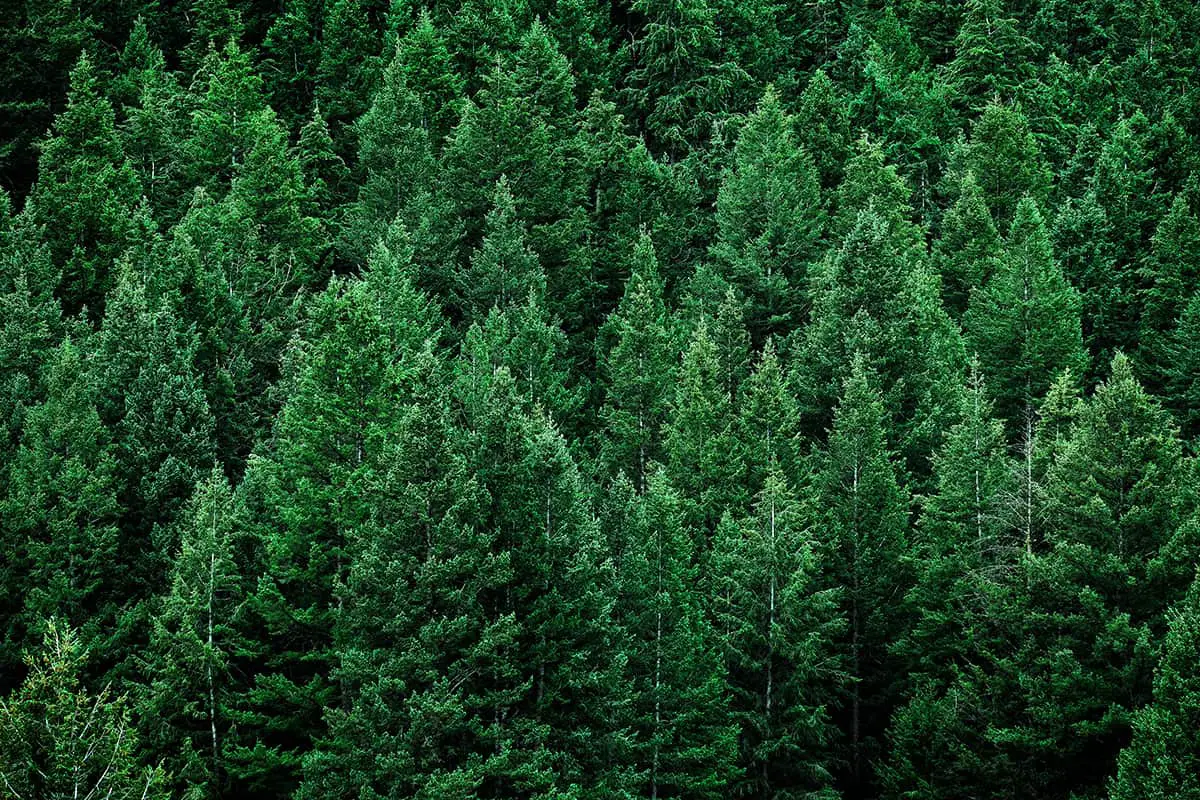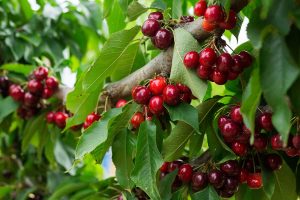Pine trees are a diverse group of evergreen conifers known for their distinctive needles and cones. They’re found in a variety of climates and environments, from the cold alpine forests to the warmer coastal regions. One fascinating aspect of pine trees is their life expectancy, which can vary greatly depending on the species and environmental conditions.
You might be surprised to learn that the lifespan of a pine tree can range from 100 to over 1,000 years. Of course, some factors, such as location and care, can influence a tree’s longevity. The oldest recorded pine tree is a Great Basin bristlecone pine in California, estimated to be around 4,600 years old!
Table of Contents
- Average Lifespan of Pine Trees
- Factors Affecting Pine Tree Longevity
- Age Determination Methods
- Oldest Known Pine Trees
- Pine Trees in History and Mythology
- Frequently Asked Questions
- What is the average lifespan of various pine tree species?
- How does the climate in regions like Florida and Georgia impact pine tree longevity?
- What are the signs that indicate it’s time to remove a pine tree?
- How does the life cycle of pine trees influence their overall lifespan?
- In what ways are pine trees utilized, and does this affect their life expectancy?
Average Lifespan of Pine Trees

Pine trees are known for their longevity, with most species living between 100 and 1,000 years. However, the lifespan of a pine tree greatly depends on the species and environmental conditions. The oldest recorded pine tree is a Great Basin bristlecone pine in California, which is over 4,600 years old. Here are some examples of pine tree lifespans:
- Eastern white pine (Pinus strobus): 200-400 years
- Loblolly pine (Pinus taeda): 100–200 years
- Scots pine (Pinus sylvestris): 150-300 years
Factors Affecting Pine Tree Longevity
Several factors can influence the lifespan of a pine tree. Some of these factors include:
- Species: As mentioned earlier, different pine tree species have different lifespans. For example, the Golden pine is a slow-growing species that can live for 60-90 years, while the Great Basin bristlecone pine can survive for thousands of years.
- Soil and Drainage: Pine trees require well-draining soil to thrive. Poorly draining soil can lead to root rot and impact the tree’s health and longevity. In addition, the tree’s ability to absorb necessary nutrients from the soil plays a vital role in its overall health.
- Environmental Stressors: Droughts, extreme temperatures, and wildfires can impact pine tree longevity. Strong, healthy trees may be able to recover from these stressors, while weaker trees may struggle to survive.
- Pests and Diseases: Pine trees can fall victim to various pests and diseases. Examples include the pine bark beetle, pine wilt nematode, and needle cast diseases. Keeping your tree healthy and maintaining proper care can help protect it from these threats.
By understanding these factors, you are better equipped to provide the necessary care for your pine trees, ultimately promoting a longer and healthier life for these majestic plants.
Age Determination Methods
Counting Growth Rings
One of the most reliable methods to determine the age of a pine tree is by counting growth rings. Each year, a tree forms a new layer of wood under its bark, creating concentric circles or growth rings. These rings can be exposed by taking a core sample of the tree using an increment borer or examining a cross-section of the trunk. Here’s a quick overview of the process:
- Obtain a core sample of the tree trunk using an increment borer or carefully cut a circular cross-section of the trunk.
- Examine the sample and identify the visible growth rings.
- Count the number of rings to determine the age of the tree.
Keep in mind that certain factors, such as climate and environmental stress, can affect the growth rings, making it essential to compare your results with samples from other trees in the area.
Radiocarbon Dating
Another method for determining the age of a pine tree is radiocarbon dating. This technique involves measuring the amount of carbon-14, a radioactive isotope, in the tree’s organic material. As a tree grows, it absorbs carbon-14 from the atmosphere. When the tree dies, the carbon-14 begins to decay at a known rate, allowing scientists to estimate the tree’s age.
To use radiocarbon dating, follow these steps:
- Obtain a small sample of the tree’s organic material (e.g., wood, leaves, or seeds).
- Send the sample to a laboratory specializing in radiocarbon dating.
- The laboratory will measure the carbon-14 levels in the sample and provide an estimated age for the tree.
Radiocarbon dating is commonly used for dating ancient trees and wood artifacts, but it can also be applied to living trees under certain conditions. Note that this method requires specialized equipment and expertise, and it may not be feasible for everyday use.
Oldest Known Pine Trees

The bristlecone pine stands as one of the earth’s oldest living tree species, with the Great Basin bristlecone pine, scientifically known as Pinus longaeva, holding the distinction of being the oldest known single-stemmed tree.
This particular tree, affectionately nicknamed Methuselah, has lived for more than 4,800 years, embodying the incredible resilience and longevity of pine trees.
Bristlecone pines are remarkable not only for their age but also for their ability to thrive in harsh environments. They possess a high level of resistance to diseases and pests and are well-adapted to survive in poor soil and withstand extreme weather conditions, showcasing their unparalleled endurance among plant species.
Pine Trees in History and Mythology

Throughout history, pine trees have been imbued with symbolic significance across various cultures.
In Greek mythology, the pine tree was held sacred to Pan, the god of forests, and to Rhea, the earth goddess, highlighting its importance in ancient religious and cultural narratives.
Similarly, in Roman mythology, the pine was revered as a symbol of Attis, the god of vegetation, further emphasizing its significance in ancient rites and celebrations.
In Chinese culture, pine trees are symbols of longevity, wisdom, and immortality, with the revered Huangshan pine tree standing as a testament to these attributes.
Although not all pine trees can claim the ancient lineage of the bristlecone pines, they collectively occupy a special place in the history and mythology of various cultures around the world, reflecting their enduring legacy and significance.
Frequently Asked Questions
What is the average lifespan of various pine tree species?
The average lifespan of pine trees varies depending on the species and environmental conditions. Generally, most pine trees live for between 100 and 1,000 years. For example, some species, like the Great Basin bristlecone pine, can live for over 5,000 years, while others, like the lodgepole pine, may have a shorter life expectancy of several hundred years.
How does the climate in regions like Florida and Georgia impact pine tree longevity?
The climate in regions like Florida and Georgia, with high temperatures and humidity, can affect the growth and longevity of certain pine tree species. Some pines might be more susceptible to pests and diseases in these warm and humid environments, while other species may be more resilient and better adapted to such conditions.
What are the signs that indicate it’s time to remove a pine tree?
There are several signs that it may be time to remove a pine tree, such as the presence of large, dead branches, extensive decay in the trunk or base, and fungal growth. Weakened root systems, leaning trees, or trees growing too close to buildings may also pose risks and indicate the need for removal.
How does the life cycle of pine trees influence their overall lifespan?
The life cycle of pine trees involves several stages, from seed germination and establishment, through to growth and reproduction, and finally, senescence and death. Each stage has its challenges and vulnerabilities that may influence the tree’s overall lifespan. Proper management and care throughout the life cycle can help ensure healthy growth and maximize a pine tree’s life expectancy.
In what ways are pine trees utilized, and does this affect their life expectancy?
Pine trees are utilized in various ways, including timber production, paper manufacturing, and as a source of resin, turpentine, and essential oils. They are also valued for their aesthetic appeal in landscaping.
The demand for these products and services may lead to the removal or pruning of pine trees, which can affect their overall life expectancy. However, sustainable forestry practices or conservation efforts can help maintain and protect existing populations of pine trees.






